
Premium Cosmetics Market Trends, Growth, Size, Revenue, Demand and Future Opportunities
Premium Cosmetics Market Growth, Size, Trends Analysis - By Product, By End Use, By Distribution Channel - Regional Outlook, Competitive Strategies and Segment Forecast to 2034
| Published: Jan-2025 | Report ID: FMCG2505 | Pages: 1 - 245 | Formats*: |
| Category : Consumer & Retail | |||


- The Estée Lauder Companies announced in June 2024 that it will acquire DECIEM Beauty Group Inc, a beauty company based in Canada. The acquisition is expected to allow for the strategic expansion of the formers skincare range. DECIEMs main brand, The Ordinary, is well-known in luxury skin care markets including Canada, the United States, Germany, the United Kingdom, and France.
- In February 2024, LOréal Groupe and Prada, a major Italian luxury accessories brand, announced a global exclusive licensing agreement to manufacture, develop, and market premium cosmetic products under Pradas subsidiary brand Miu Miu. As part of this agreement, the companies plan to create a varied variety of premium perfumes.
| Report Metric | Details |
| Market size available for years | 2021-2034 |
| Base year considered | 2024 |
| Forecast period | 2025-2034 |
| Segments covered | By Product, By End Use, By Distribution Channel. |
| Regions covered | North America, Latin America, Asia-Pacific, Europe, and Middle East & Africa. |
| Companies Covered | Coty Inc, The Estee Lauder Companies (ELC), Loreal Groupe, LVMH, Shiseido Co.,Ltd, CHANEL, DIOR, Kao Corporation, Elizabeth Arden, YSL Beauty. |
- Global Premium Cosmetics Market Size (FY’2021-FY’2034)
- Overview of Global Premium Cosmetics Market
- Segmentation of Global Premium Cosmetics Market By Product (Skin Care, Hair Care, Color Cosmetics, Shower and Bath, Perfume/Fragrances)
- Segmentation of Global Premium Cosmetics Market By End Use (Men, Women)
- Segmentation of Global Premium Cosmetics Market By Distribution Channel (Supermarkets & Hypermarkets, Specialty Beauty Stores, Pharmacies and Drugstores, Online/E-commerce, Others)
- Statistical Snap of Global Premium Cosmetics Market
- Expansion Analysis of Global Premium Cosmetics Market
- Problems and Obstacles in Global Premium Cosmetics Market
- Competitive Landscape in the Global Premium Cosmetics Market
- Details on Current Investment in Global Premium Cosmetics Market
- Competitive Analysis of Global Premium Cosmetics Market
- Prominent Players in the Global Premium Cosmetics Market
- SWOT Analysis of Global Premium Cosmetics Market
- Global Premium Cosmetics Market Future Outlook and Projections (FY’2025-FY’2034)
- Recommendations from Analyst
1.1. Scope of the report1.2. Market segment analysis
2.1. Research data source
2.1.1. Secondary Data2.1.2. Primary Data2.1.3. SPERs internal database2.1.4. Premium insight from KOLs
2.2. Market size estimation
2.2.1. Top-down and Bottom-up approach
2.3. Data triangulation
4.1. Driver, Restraint, Opportunity and Challenges analysis
4.1.1. Drivers4.1.2. Restraints4.1.3. Opportunities4.1.4. Challenges
5.1. SWOT Analysis
5.1.1. Strengths5.1.2. Weaknesses5.1.3. Opportunities5.1.4. Threats
5.2. PESTEL Analysis
5.2.1. Political Landscape5.2.2. Economic Landscape5.2.3. Social Landscape5.2.4. Technological Landscape5.2.5. Environmental Landscape5.2.6. Legal Landscape
5.3. PORTERs Five Forces
5.3.1. Bargaining power of suppliers5.3.2. Bargaining power of buyers5.3.3. Threat of Substitute5.3.4. Threat of new entrant5.3.5. Competitive rivalry
5.4. Heat Map Analysis
6.1. Global Premium Cosmetics Market Manufacturing Base Distribution, Sales Area, Product Type6.2. Mergers & Acquisitions, Partnerships, Product Launch, and Collaboration in Global Premium Cosmetics Market
7.1. Skin Care
7.1.1. Face Care7.1.2. Body Care
7.2. Hair Care
7.2.1. Shampoo7.2.2. Conditioner7.2.3. Serums7.2.4. Others
7.3. Color Cosmetics
7.3.1. Face Cosmetics7.3.2. Lip Cosmetics7.3.3. Eye Cosmetics7.3.4. Nail Cosmetics
7.4. Shower and Bath
7.5. Perfume/Fragrances
8.1. Men8.2. Women
9.1. Supermarkets & Hypermarkets9.2. Specialty Beauty Stores9.3. Pharmacies and Drugstores9.4. Online/E-commerce9.5. Others
10.1. Global Premium Cosmetics Market Size and Market Share
11.1. Asia-Pacific
11.1.1. Australia11.1.2. China11.1.3. India11.1.4. Japan11.1.5. South Korea11.1.6. Rest of Asia-Pacific
11.2. Europe
11.2.1. France11.2.2. Germany11.2.3. Italy11.2.4. Spain11.2.5. United Kingdom11.2.6. Rest of Europe
11.3. Middle East and Africa
11.3.1. Kingdom of Saudi Arabia11.3.2. United Arab Emirates11.3.3. Qatar11.3.4. South Africa11.3.5. Egypt11.3.6. Morocco11.3.7. Nigeria11.3.8. Rest of Middle-East and Africa
11.4. North America
11.4.1. Canada11.4.2. Mexico11.4.3. United States
11.5. Latin America
11.5.1. Argentina11.5.2. Brazil11.5.3. Rest of Latin America
12.1. The Estee Lauder Companies (ELC)
12.1.1. Company details12.1.2. Financial outlook12.1.3. Product summary12.1.4. Recent developments
12.2. LOreal Groupe
12.2.1. Company details12.2.2. Financial outlook12.2.3. Product summary12.2.4. Recent developments
12.3. Coty Inc
12.3.1. Company details12.3.2. Financial outlook12.3.3. Product summary12.3.4. Recent developments
12.4. LVMH
12.4.1. Company details12.4.2. Financial outlook12.4.3. Product summary12.4.4. Recent developments
12.5. Shiseido Co., Ltd
12.5.1. Company details12.5.2. Financial outlook12.5.3. Product summary12.5.4. Recent developments
12.6. CHANEL
12.6.1. Company details12.6.2. Financial outlook12.6.3. Product summary12.6.4. Recent developments
12.7. DIOR
12.7.1. Company details12.7.2. Financial outlook12.7.3. Product summary12.7.4. Recent developments
12.8. Kao Corporation
12.8.1. Company details12.8.2. Financial outlook12.8.3. Product summary12.8.4. Recent developments
12.9. Elizabeth Arden
12.9.1. Company details12.9.2. Financial outlook12.9.3. Product summary12.9.4. Recent developments
12.10. YSL Beauty
12.10.1. Company details12.10.2. Financial outlook12.10.3. Product summary12.10.4. Recent developments
12.11. Others
SPER Market Research’s methodology uses great emphasis on primary research to ensure that the market intelligence insights are up to date, reliable and accurate. Primary interviews are done with players involved in each phase of a supply chain to analyze the market forecasting. The secondary research method is used to help you fully understand how the future markets and the spending patterns look likes.
The report is based on in-depth qualitative and quantitative analysis of the Product Market. The quantitative analysis involves the application of various projection and sampling techniques. The qualitative analysis involves primary interviews, surveys, and vendor briefings. The data gathered as a result of these processes are validated through experts opinion. Our research methodology entails an ideal mixture of primary and secondary initiatives.
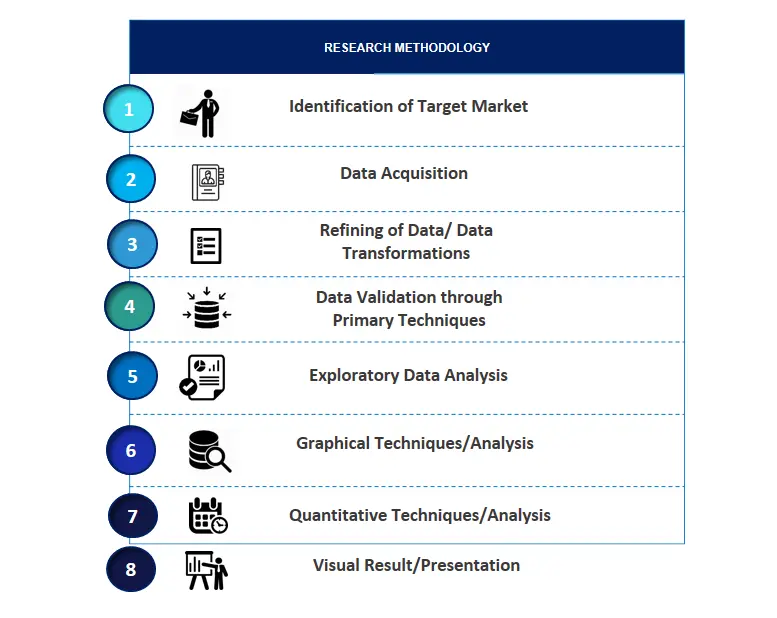
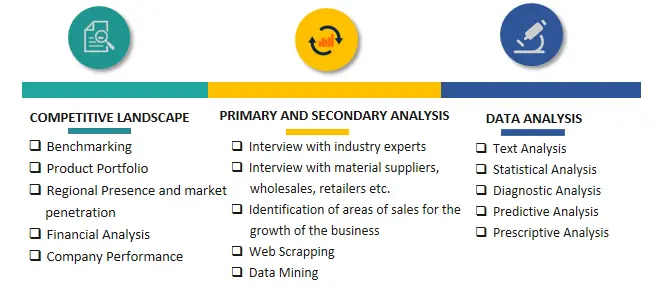

Frequently Asked Questions About This Report
PLACE AN ORDER
Year End Discount
Sample Report
Pre-Purchase Inquiry
NEED CUSTOMIZATION?
Request CustomizationCALL OR EMAIL US
100% Secure Payment
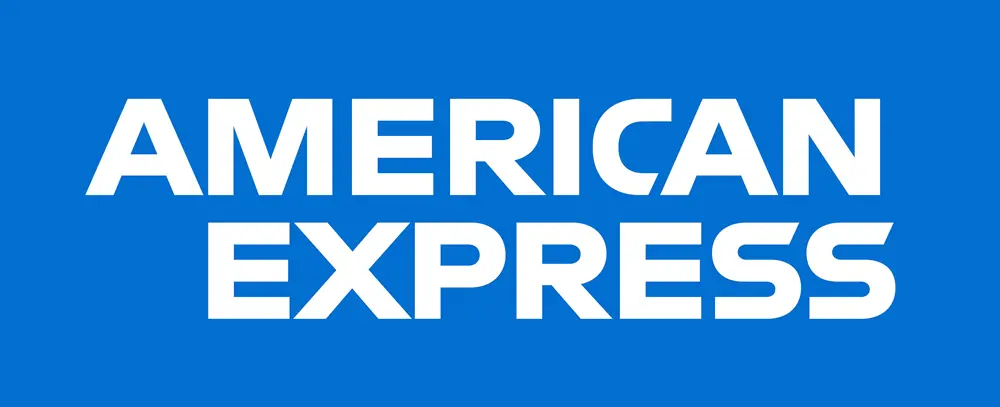

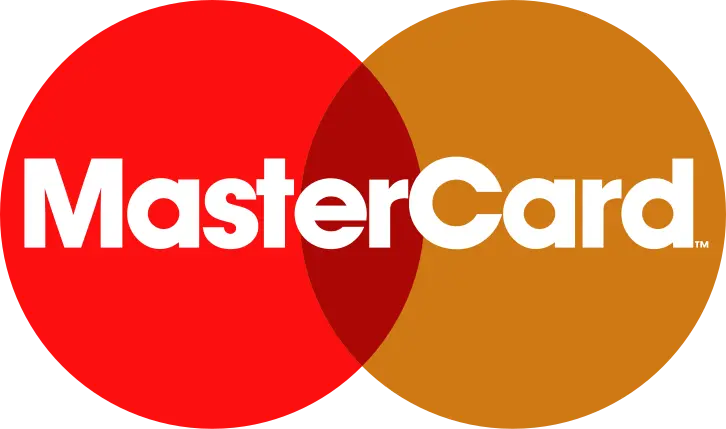
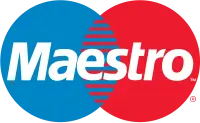


Related Reports
Our Global Clients
Our data-driven insights have influenced the strategy of 200+ reputed companies across the globe.




















